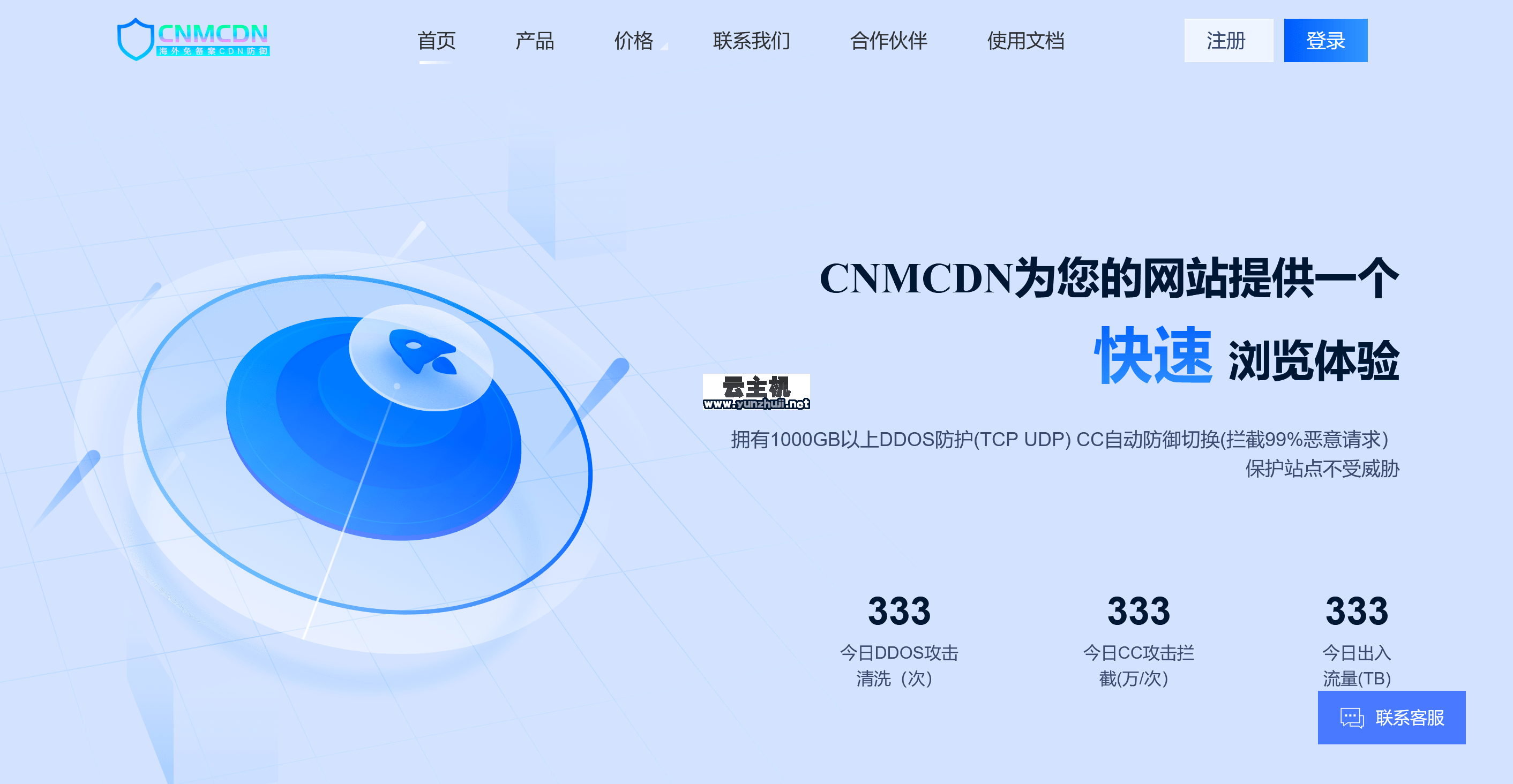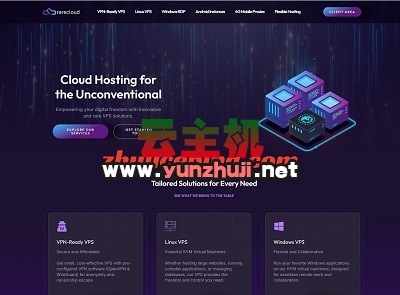Java Specification Requests (JSR): Shaping the Future of Java
Java Specification Requests (JSRs) are formal proposals to the Java community for new features, enhancements, or changes to the Java platform. They play a crucial role in driving the evolution and improvement of the Java programming language and its ecosystem. In this article, we will delve into the significance of JSRs, explore their lifecycle, highlight some notable examples, and address common questions about them.
What is a JSR?
A JSR is a request for a new feature, enhancement, or clarification within the Java Specification. It serves as a mechanism for proposing changes that can benefit the entire Java community. JSRs cover a wide range of topics, from adding new APIs and libraries to improving existing ones, enhancing performance, and addressing security concerns. The Java Community Process (JCP) oversees the development and approval of JSRs.
The Lifecycle of a JSR
The lifecycle of a JSR typically involves several stages:
1、Proposal Submission: Any member of the Java community can submit a JSR proposal. This includes individuals, organizations, and consortia.
2、Review by Expert Group: An Expert Group (EG) is formed to review the proposal. This group consists of experts in the relevant area who evaluate the technical merits and feasibility of the proposal.
3、Public Review: The proposal undergoes a public review period where the wider community can provide feedback and suggest modifications.
4、Final Approval: After addressing the feedback and making necessary revisions, the final version of the JSR is approved by the Executive Committee of the JCP.
5、Implementation and Release: Once approved, the specification is implemented by vendors and released as part of the Java platform.
Notable JSRs
Several JSRs have had a significant impact on the Java ecosystem. Here are a few notable examples:
1、JSR 51: JavaBeans Component Architecture
Introduced JavaBeans, a component architecture for building reusable software components.
Facilitated the development of GUI applications and enterprise software.
2、JSR 14: Generics in the Java Programming Language
Added support for generics, allowing developers to create more type-safe and flexible code.
Simplified collections framework and enhanced code reusability.
3、JSR 336: Java SE 8 Development
Introduced lambda expressions, streams, and thejava.time package.
Marked a significant milestone in modernizing the Java language.
4、JSR 305: Annotations for Software Defects
Added support for annotations to indicate potential issues in code, such as@SuppressWarnings and@Deprecated.
Improved code quality and maintainability.
Benefits of JSRs
JSRs offer several benefits to the Java community:
1、Innovation and Improvement: JSRs drive continuous innovation and improvement in the Java platform, ensuring it remains relevant and competitive.
2、Community Collaboration: The JCP process encourages collaboration among industry experts, fostering a sense of community and shared responsibility.
3、Standardization: JSRs help standardize features and APIs, ensuring compatibility and interoperability across different implementations and platforms.
4、Transparency and Openness: The open nature of the JCP process allows for transparency and public participation, ensuring that diverse perspectives are considered.
Challenges and Considerations
While JSRs offer numerous benefits, there are also challenges and considerations to keep in mind:
1、Complexity and Time: The JSR process can be complex and time-consuming, requiring extensive review and coordination.
2、Balancing Innovation and Stability: Balancing the introduction of new features with maintaining backward compatibility and stability is a constant challenge.
3、Vendor Support: Ensuring widespread adoption and support from vendors is crucial for the success of a JSR.
4、Community Consensus: Achieving consensus within the diverse Java community can be challenging but is essential for the acceptance and success of a JSR.
Conclusion
Java Specification Requests (JSRs) play a vital role in shaping the future of Java by introducing new features, enhancing existing ones, and addressing community needs. The JCP process ensures that these changes are well-considered, widely reviewed, and implemented in a way that benefits the entire Java community. By fostering innovation, collaboration, and standardization, JSRs help keep Java at the forefront of software development.
FAQs
Q1: How can I propose a new JSR?
To propose a new JSR, you need to follow these steps:
1、Identify the Need: Clearly define the problem or opportunity your JSR aims to address.
2、Prepare the Proposal: Draft a detailed proposal that includes the background, objectives, requirements, and rationale for your JSR.
3、Submit the Proposal: Submit your proposal through the Java Community Process (JCP) website. You will need to register and follow the submission guidelines provided.
4、Engage with the Community: Actively engage with the community during the review process, responding to feedback and making necessary revisions.
Q2: How long does it take for a JSR to be implemented?
The time it takes for a JSR to be implemented can vary significantly depending on its complexity and the level of community support it receives. On average, it can take anywhere from several months to a few years. Simple enhancements or clarifications may be faster, while major new features or changes may take longer due to the need for thorough review and testing.
以上内容就是解答有关“jspi”的详细内容了,我相信这篇文章可以为您解决一些疑惑,有任何问题欢迎留言反馈,谢谢阅读。

 云主机测评网
云主机测评网















最新评论
本站CDN与莫名CDN同款、亚太CDN、速度还不错,值得推荐。
感谢推荐我们公司产品、有什么活动会第一时间公布!
我在用这类站群服务器、还可以. 用很多年了。